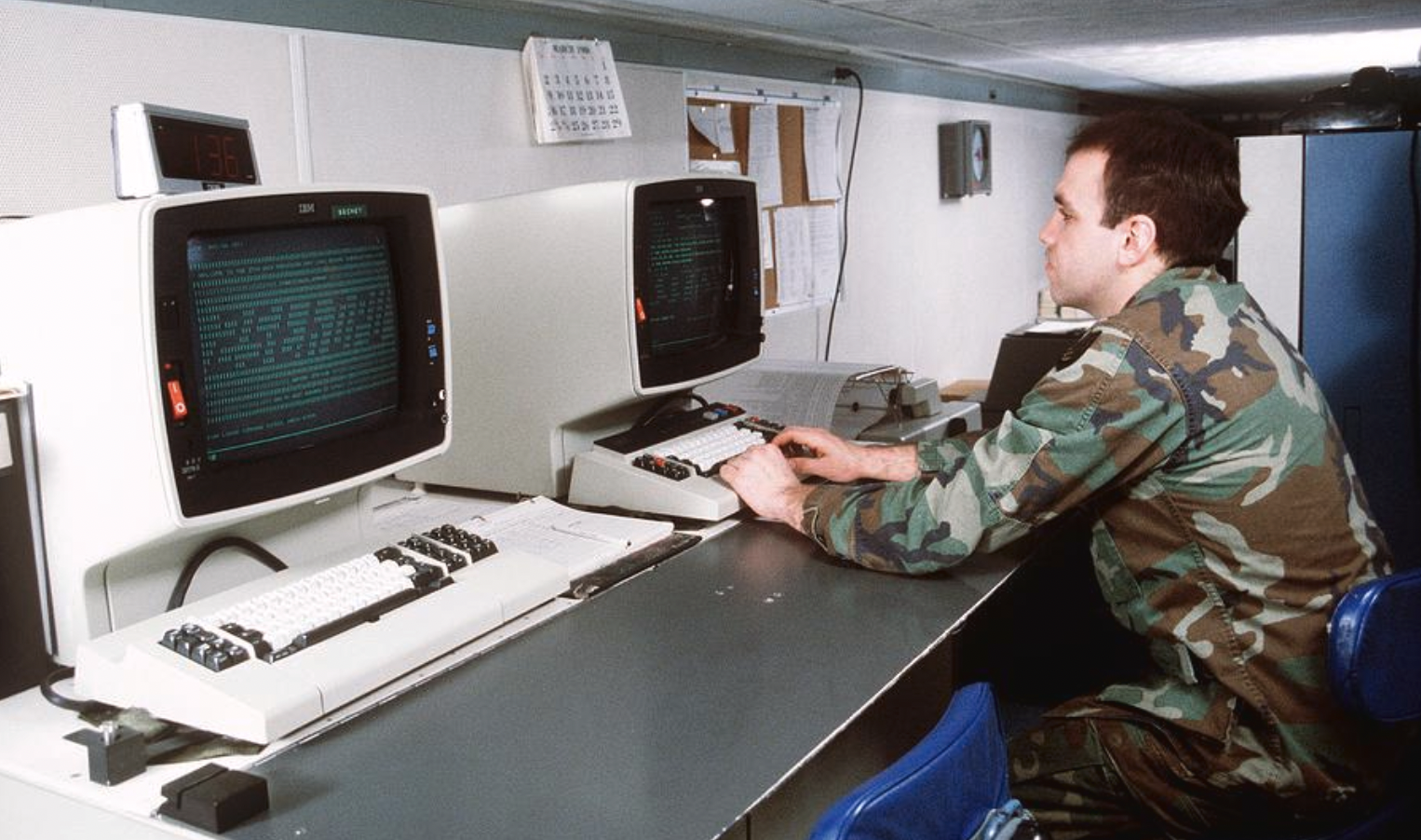
The ’80s were a time of crazy hair, weird clothes, innovative gadgets, and one of the few decades with the most bizarre subcultures of the modern era.
Nearly all of the modern technology that we use today got its start in the 1980s, and since that time, it’s all grown tremendously. Gone are the times where all the cool kids met up at the arcade, much of the tech people used back then is still functioning today, though in a much more advanced form.
In fact, some of the simplest technology that made our lives easier was virtually unheard of before the 1980s. But, this is the decade where it all found its way into popular culture and became a standard of the modern era.
Here, we’ll explore a few of the lost technologies that are still around that got their start in America’s favorite decade.
Table of Contents
Usenet
If you’ve ever been to an Internet chat room, you can thank Usenet for starting it all. Usenet was actually developed in 1979 but didn’t become known outside academia until around 1981.
Developed by grad students at Duke University, Usenet became the preferred way for academicians to communicate in the 1980s. Shortly after, the platform began being used by the early computer enthusiasts of the early ’80s.
Four years after Usenet was first developed, in 1983, the Internet was born. After the Internet went down its bumpy road of development, web protocols were woven in, and this gave rise to the early Internet giants like AOL.
Usenet still exists today, separate from the Internet. Today, you can use the Internet to access the platform, however, it’s recommended that you access Usenet using a Usenet service provider. Simply subscribe to Usenet.
Barcode Scanners
Truth be told, the barcode system has a sketchy history, and some believe it dates back to the mid-1940’s. However, the barcode system as we know it today wasn’t fully developed until the mid-1970’s.
In 1974, the first item with a Universal Product Code (UPC) was scanned at a supermarket in Ohio.
The scanner that produces that beep that we all hear when we scan our groceries today, however, wasn’t adopted universally across the country until the early 1980’s. Though the barcode was fully developed long before, the barcode scanner technology wasn’t made accessible for several years after.
Prior to this, grocers and cashiers used manually operated cash drawers, and keyed in items which tended to take a longer time. Today, people only have to wait a mere millisecond to scan a barcode at the self-checkout system in a supermarket, which is largely responsible for making the cashier’s job obsolete at large chain supermarkets.
Microsoft Windows
In November of 1985, the world was given Microsoft Windows version 1.0. It seems like ages removed from what we know about Windows today, but this grandfather of technology truly spawned entire generations of computer interface programs.
Windows was the first user interface system that allowed users the ability to visually search a virtual desktop system made up of graphic windows which held files. And, instead of inputting commands to search for files, a user could navigate using a mouse, thus, subsequently creating the point and click interface that is all too familiar today on PCs.
Windows has gone through many changes over the years, but several of its elements have remained such as the Paint program along with Notepad and everyone’s favorite, the Control Panel.
The 1980’s might have witnessed the death of Disco, but it certainly saw the birth of many of our most treasured technologies. And though much of this technology seems outdated to us now, it’s actually not; we truly owe all of our most coveted modern conveniences to the developments of this great decade.